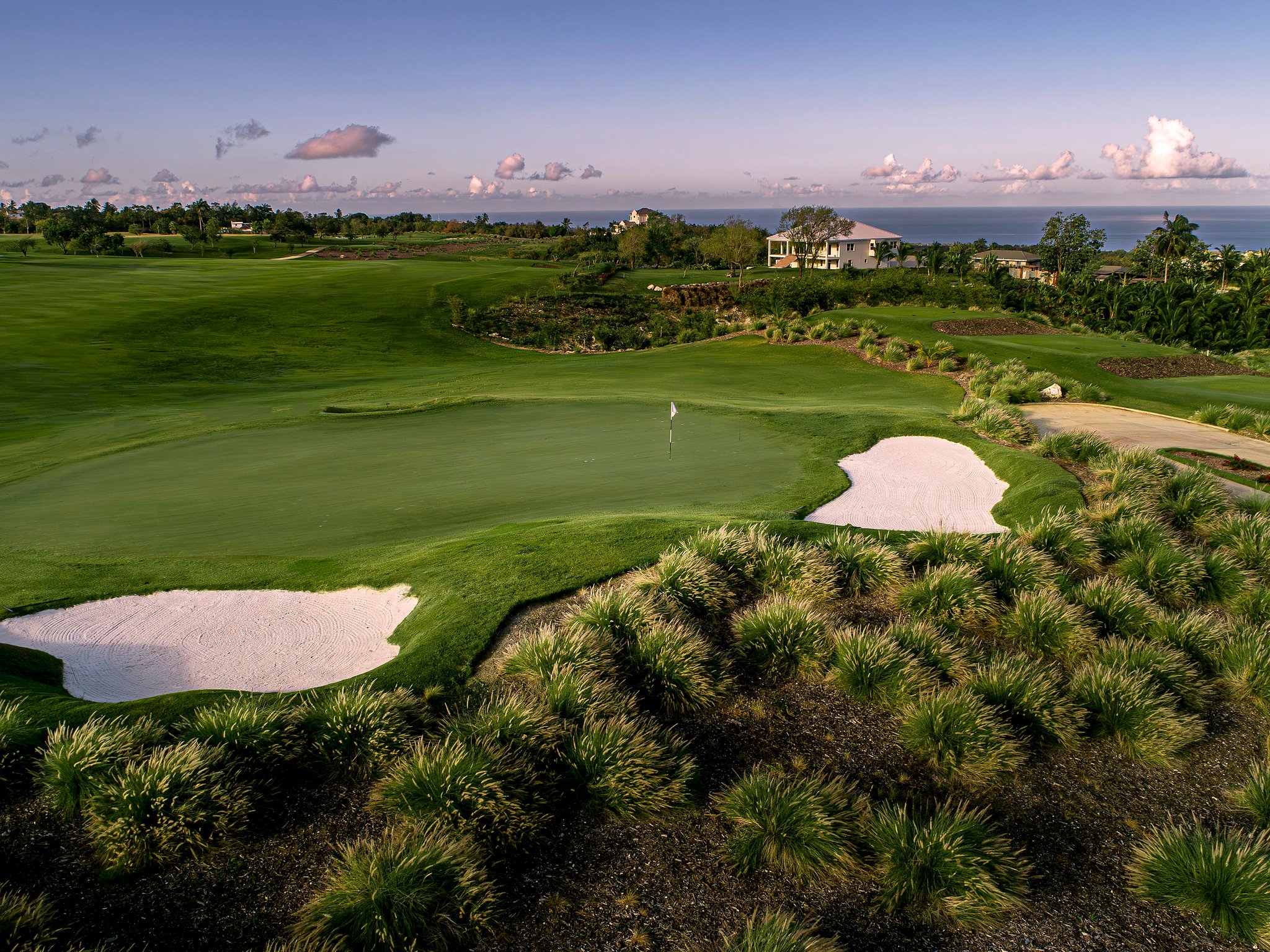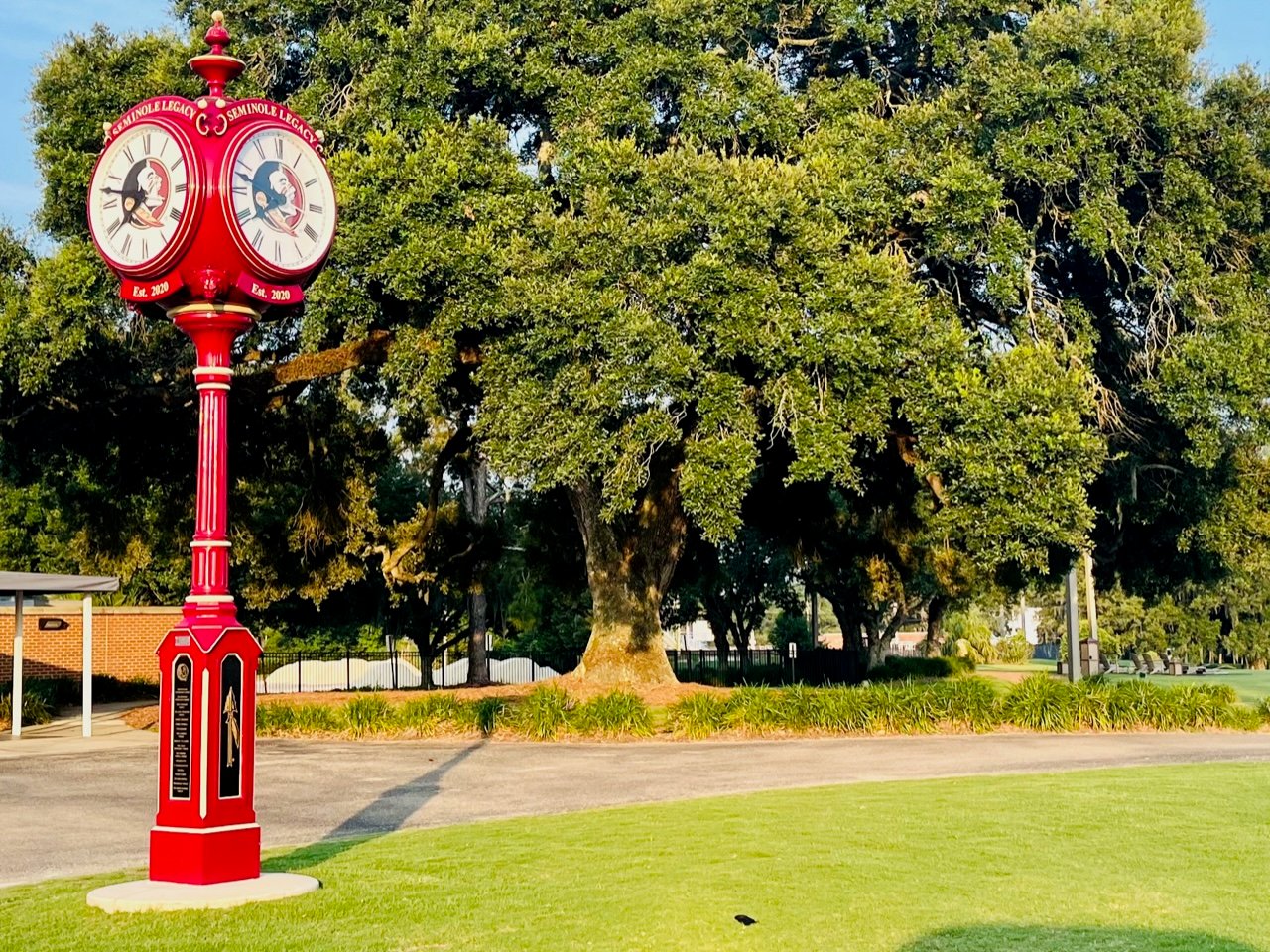Those of you who have had the distinct pleasure of golfing with me recently may have noticed a subtle alteration in my swing. Reluctant though I was to tamper with something quite so smooth and natural, I nevertheless felt I had to do something not, as you might imagine, to render it more effective or, rather, less ineffective, but as a meaningful gesture.
Although I am undoubtedly one of the quickest players at my club, I felt a compelling urge to speed up even more. By shortening my backswing by a couple of inches and thereby saving a tiny fraction of a second every time I hit the ball, which is sadly more frequently than I would like, I should be able to trim a second or two off the time it takes to play a round and thus make a modest contribution to combatting slow play. Ideally, of course, I would like to save even more time by taking far fewer shots but that, sadly, has so far proved an extremely elusive goal.
The pressure to speed up play is bound up with the apparent need to make golf a more attractive game in a high-speed world full of rival attractions and alternative demands on our time. Golf, it seems, is perceived as too time consuming for modern men and women. Make it quicker, the argument goes, and there’s a decent chance we might halt the seemingly inexorable decline in the numbers who play the greatest game yet devised by man.
Various suggestions have been made as to how this could be achieved. A hopelessly incompetent putter, making the holes significantly larger is one that appeals hugely. Fewer putts would save many minutes. And given the time it takes first to find the frigging rake and then smooth the sand, filling in the bunkers is another idea with which I have enormous sympathy. Grass bunkers would also save greenkeepers the tedious chore of maintaining the sand and clubs a fortune in buying the miserable stuff.
A much more radical idea is to reduce the number of holes. Eighteen is arithmetically arbitrary and rather more than is necessary. How many times have you wearily struggled up an ill-sited hill to the final green and thought this is a hole too far? Okay, you might think, let’s reduce the number of holes to 17. Apart from being too modest an adjustment that might tempt clubs simply to close the final hole and leave golfers stranded at the end of their round roughly 400 yards from the clubhouse, it highlights a numerical imperative. Since symmetry is important and two halves of, say, eight-and-a-half holes would create significant difficulties, it is evident that the hole total must be even which, in itself, immediately halves the number of options.
Appropriately, it was on a recent trip to Scotland, the home of golf, that the ‘answer’ came to me. To be precise, as I sat down after a two-hour round on the delightfully quirky Shiskine course on the beautiful Isle of Arran. Why had it only taken two hours? Because there are only 12 holes. So what, you might wonder, is so special about 12? Leaving aside the fact I was born on the 12th day of the 12th month in a year divisible by 12 (December 12, 1948) and therefore have enormous emotional attachment to the number, it has quite a lot going for it including a name, ‘dozen’. And there are 12 months in a year which gives it a status that other numbers such as, for example, eight and 14 must surely envy.
Somewhat spookily, my belief that 12 was a suitably ‘golfy’ number was confirmed the very next day when visiting another enormously characterful course, Prestwick. Looking around the fascinating clubhouse that contains more historic artefacts than there is heather and gorse in the rough, I discovered that Prestwick hosted The Open on the first couple of dozen (that number again!) times it was played. You doubtless knew that but did you know Prestwick was then, wait for it, a 12-hole course? In fact The Open wasn’t played over 18 holes until 1894. If it now reverted to 12 it could still be played over 72 but extended to half-a-dozen rounds over half-a-dozen days. Apart from anything else, gate revenues should rise by roughly 50 per cent and caddies would feel less tired at the end of each round.
Reducing courses to 12 holes would create an enormous bonanza for clubs like my own Dale Hill that have 36 holes. Overnight they would go from two to three courses. The cost of a round would probably drop a bit making golf more affordable as well as quicker. The only downside I can think of is that bar revenues would also drop because superstitious golfers might be reluctant to pop into the 13th hole for a drink after the round.
 Golf writer Clive Agran, 65 and a journalist for more than 40 years, Clive Agran still wonders what he’ll do when he grows up. Nicknamed ‘Silky Swing’, he travels the globe looking for the world’s best golf courses.
Golf writer Clive Agran, 65 and a journalist for more than 40 years, Clive Agran still wonders what he’ll do when he grows up. Nicknamed ‘Silky Swing’, he travels the globe looking for the world’s best golf courses.



 0
0








